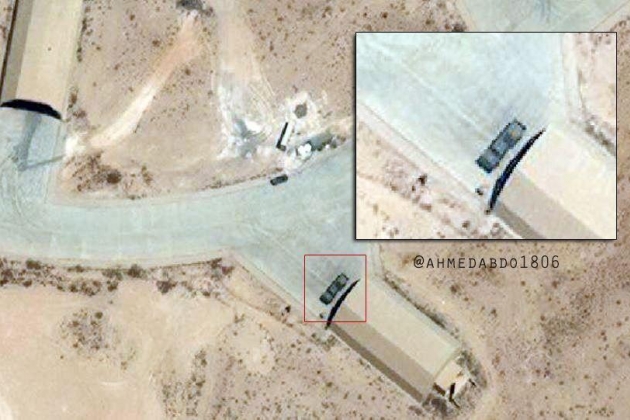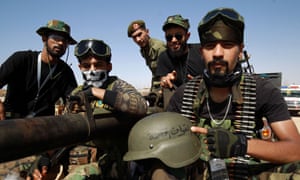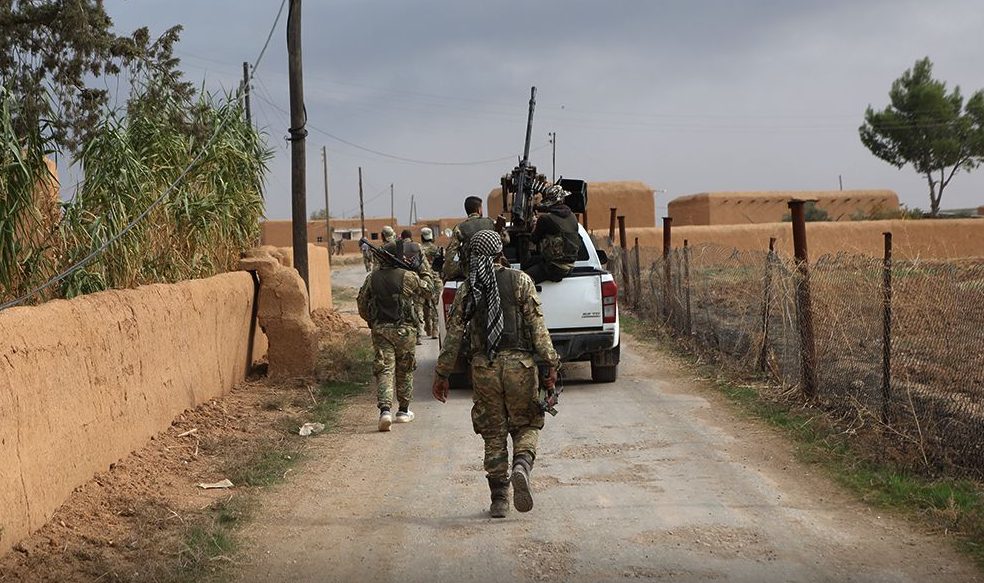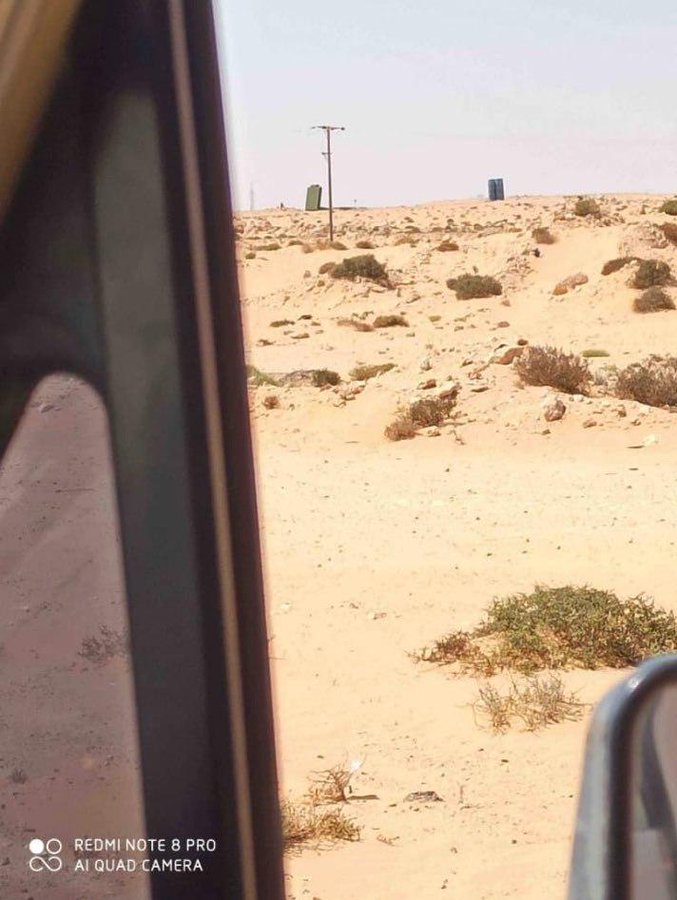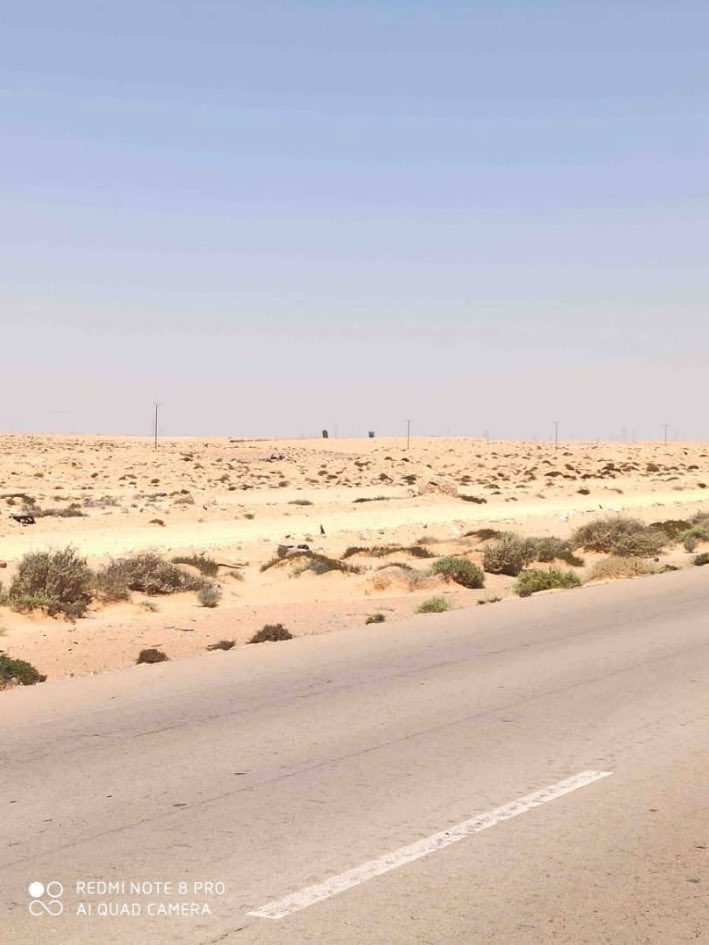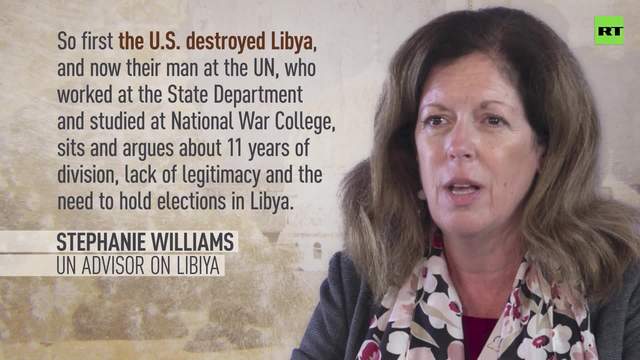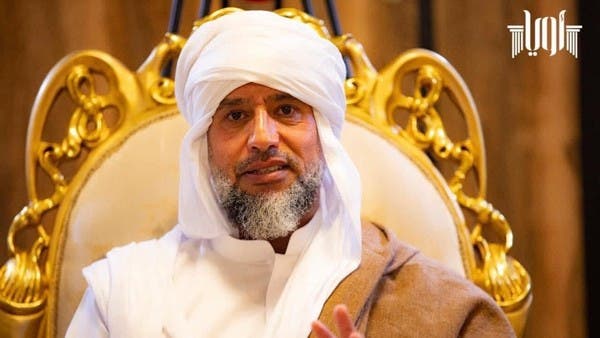angelburst29
The Living Force
Europe can do more in Libya by designating Russian military contractor Wagner Group and calling out Moscow and other countries such as the United Arab Emirates and Egypt that are violating a U.N. arms embargo, a senior U.S. diplomat said on Thursday.
U.S. senior diplomat complains Europe not doing enough in Libya
July 16, 2020 - Europeans are “proud” about their naval mission in the Mediterranean Sea, carried out to help enforce the U.N. arms embargo on Libya, but their maritime interdictions have been limited to Turkey, David Schenker, assistant secretary for Near East Affairs at the State Department, told a virtual think-tank event.
“The only interdictions that they (EU) are doing is of Turkish military material that they’re sending to Libya. Nobody is interdicting Russian aircraft, nobody is interdicting Emirati aircraft, nobody is interdicting the Egyptians,” Schenker said.
“They could at least, if they were serious, I think, call them out - call out all parties of the conflict when they violate the arms embargo,” he said.
Two Su-24 Combat Jets Seen In Satellite Image Of Libyan Air Base As Air War Intensifies

July 16, 2020 - Recent satellite images of Al Jufrah Air Base in central Libya shows two Su-24 Fencer combat jets parked outside hardened aircraft shelters at the southern end of the base. This indicates these jets are still operating out of the base nearly a month after U.S. Africa Command released imagery showing one of them actually in flight there. This all comes amid an intensifying aerial component of the country's civil war as foreign powers, chiefly Turkey and Russia, become even more directly entangled in the fighting.
The pair of Fencer attack jets appear in imagery dated July 13, 2020, that The War Zone obtained from Planet Labs. U.S. Africa Command's (AFRICOM) image that caught an Su-24 landing at Al Jufrah was taken on June 18. Russia sent at least 14 combat jets, in total, to Libya, including both Su-24s and MiG-29 Fulcrum fighter jets, in May.
You can examine a full high-resolution copy of the entire satellite image of Al Jufrah that The War Zone obtained here. The one below is a reduced resolution version.
U.S. senior diplomat complains Europe not doing enough in Libya
July 16, 2020 - Europeans are “proud” about their naval mission in the Mediterranean Sea, carried out to help enforce the U.N. arms embargo on Libya, but their maritime interdictions have been limited to Turkey, David Schenker, assistant secretary for Near East Affairs at the State Department, told a virtual think-tank event.
“The only interdictions that they (EU) are doing is of Turkish military material that they’re sending to Libya. Nobody is interdicting Russian aircraft, nobody is interdicting Emirati aircraft, nobody is interdicting the Egyptians,” Schenker said.
“They could at least, if they were serious, I think, call them out - call out all parties of the conflict when they violate the arms embargo,” he said.
Two Su-24 Combat Jets Seen In Satellite Image Of Libyan Air Base As Air War Intensifies

July 16, 2020 - Recent satellite images of Al Jufrah Air Base in central Libya shows two Su-24 Fencer combat jets parked outside hardened aircraft shelters at the southern end of the base. This indicates these jets are still operating out of the base nearly a month after U.S. Africa Command released imagery showing one of them actually in flight there. This all comes amid an intensifying aerial component of the country's civil war as foreign powers, chiefly Turkey and Russia, become even more directly entangled in the fighting.
The pair of Fencer attack jets appear in imagery dated July 13, 2020, that The War Zone obtained from Planet Labs. U.S. Africa Command's (AFRICOM) image that caught an Su-24 landing at Al Jufrah was taken on June 18. Russia sent at least 14 combat jets, in total, to Libya, including both Su-24s and MiG-29 Fulcrum fighter jets, in May.
You can examine a full high-resolution copy of the entire satellite image of Al Jufrah that The War Zone obtained here. The one below is a reduced resolution version.
The U.S. government has said it believes Russian mercenaries from the Wagner Group have been operating these aircraft, as well as a variety of supporting infrastructure at various Libyan bases, in support of Khalifa Haftar's Libyan National Army (LNA). Su-24s have been seen in past satellite imagery of Al Khadim Air Base in eastern Libya, as well as at Al Jufrah. Wagner is at least closely tied to Russia's Main Directorate military intelligence agency, also commonly referred to by the Russian acronym GRU.
The LNA, which has its main hub in the eastern city of Tobruk, is locked in a civil conflict with the U.N.-backed Government of National Accord (GNA), which resides in the internationally recognized capital of the country, Tripoli. The LNA also received support from the United Arab Emirates and Egypt, among others. At present, the GNA's primary international supporter is Turkey.
In the weeks since the arrival of the Russian jets, Turkey appears to have bolstered air defenses around key GNA sites. The Kremlin's decision to dispatch the Su-24s and MiG-29s was itself a reaction to Ankara's growing involvement in the country, particularly the increased use of armed Turkish-made Bayraktar TB2 drones, which were instrumental in the GNA's routing of LNA forces in western Libya earlier this year. These unmanned aircraft proved particularly devastating against UAE-supplied Russian-made Pantsir-S1 air defense systems.
Earlier satellite imagery shows what looks to be at least one U.S.-made MIM-23 HAWK surface-to-air missile battery at Al Watiyah Air Base, which the GNA recaptured from the LNA in May. Unconfirmed video footage has also emerged online of HAWK system elements moving toward Al Watiyah, as well as others in place at Mitiga Airport in Tripoli. Turkey is one of a shrinking number of HAWK operators around the world and has been working to replace this Cold War-era system with more modern, domestically developed alternatives.
Deploying some of its remaining examples to Libya would make good sense given the deterrent capabilities it could still provide against the LNA's combat jet fleets, which are primarily made up of aging and increasingly difficult to maintain Soviet-era types, including MiG-21 and MiG-23s, as well as French-made Mirage F1s. HAWK would still represent a threat to the newly arrived Su-24s and MiG-29s, especially if they are flown by pilots with limited experience.
There were reports of airstrikes on Al Watiyah targeting the HAWK emplacements earlier in July, but details remain murky. Subsequent satellite imagery indicated that, if nothing else, the surface-to-air missile systems were at least subsequently replaced.
Just today, Turkey conducted what appeared to be the first sortie to the base, using a C-130 Hercules airlifter, indicating that the Turkish military believes that it is secure enough for this kind of operation. This could reflect the start of a new airbridge in support of the GNA.
There are also unconfirmed reports that Turkey has sent KORKUT self-propelled anti-aircraft guns to Libya, as well. KORKUT consists of a turret with two 35mm Oerlikon KDC automatic cannons on a modified FNSS ACV-30 armored personnel carrier chassis. The vehicle also features its own radar to direct the guns and can also be equipped with man-portable short-range heat-seeking surface-to-air missiles, such as the U.S.-made Stinger, which Turkey produces under license, or Russia's Igla series.
Satellite imagery shows what may be examples of these vehicles at Mitiga Airport in Tripoli, as well as in the Banana Projects, a stunted housing development just south of the capital. In recent years, GNA-aligned forces have turned parts of the Banana Projects into an artillery firebase and it is also now home to a bizarre airstrip that emerged last year that runs right between some of the apartment blocks.
Turkey has and continues to supply a variety of other heavy and light weaponry to the GNA, which may also include armored 155mm T-155 Firtina self-propelled howitzers, as well as Kirpi mine-resistant armored vehicles. It's unclear the extent to which actual Turkish troops may be operating or otherwise supporting the more advanced systems deployed in Libya. Ankara has acknowledged having troops, as well as intelligence personnel, in the country, but has, so far, said that they are engaged in advisory, special operations type missions, and support activities only.
Those support functions notably include demining and explosive ordnance disposal in areas where GNA forces have recaptured from the LNA. Starting June, reports began to emerge, including from the Turkish government directly, that LNA-aligned groups had laid mines, improvised explosive devices (IED), and booby traps are they retreated from Tripoli and other areas in the country's northwest concern the month before.
On July 15, AFRICOM released a statement, along with photographs, that it said were of these mines, IEDs, and other traps. "These weapons are assessed to have been introduced into Libya by the Wagner Group," the press release noted, based on their Russian markings, which were painted over the conceal them. These munitions had been recovered in various areas between Tripoli and the strategic city of Sirte, which is situated to the east along Libya's central coastline. Sirte is now a major focal point for continued fighting between the GNA and LNA.
"The Russian-state sponsored Wagner Group is demonstrating a total disregard for the safety and security of Libyans," U.S. Marine Corps Major General Bradford Gering, AFRICOM's Director of Operations, said in a statement. "The Wagner Group’s irresponsible tactics are prolonging conflict and are responsible for the needless suffering and the deaths of innocent civilians. Russia has the power to stop them, just not the will."
It's worth noting that Libya is presently under an international arms embargo, which the LNA's benefactors, as well as Turkey, have been openly flouting for some time now. Turkish authorities have notably been defiant even in the face of pressure from their NATO allies in Europe, some of whom are part of a European Union-led maritime effort to try and stem illicit smuggling of oil, as well as human trafficking, in and out of Libya.
French authorities have said that Turkish warships painted a French Navy corvette with their fire control radars when the latter attempted to stop, board, and inspect a cargo ship apparently carrying arms to Libya in June. French President Emmanuel Macron has since decried Turkey's involvement in the North African country's civil war as "criminal."
"NATO allies shouldn’t be turning fire control radars on each other. That’s not good," U.S. National Security Adviser Robert O’Brien told reporters on July 15 while in Paris on an official visit. "We are very sympathetic to the French concerns... We’re taking it very seriously."
There are no indications that foreign involvement on both sides of Libya's civil war will be declining any time soon and there is now the potential for further escalation, as well. Authorities in Egypt, which has, so far, had more limited direct involvement in the fighting have threatened multiple times in recent weeks to intervene on behalf of the LNA in response to Turkey's deepening support of the GNA.
"Egypt is able to change the military situation quickly and decisively if it wants," Egyptian Abdel Fattah el-Sisi said during a meeting with Libyan tribal leaders aligned with Haftar in Cairo on July 16, 2020. They had told the Egyptian leader that he had their approval to launch an overt military intervention into the eastern portion of the country. It is worth noting that el-Sisi, whose government is now also in the midst of a maritime boundary dispute with Turkey, also called for all sides to stop the fighting.
Earlier this week, Turkish President Recep Tayyip Erdogan had a phone call with his Russian counterpart Vladimir Putin, which included discussions about Libya. Despite being firmly on different sides of the conflict, Erdogan and Putin have been trying to get the GNA and the LNA to agree to at least a ceasefire, which, if it were to hold, could lead to a de facto partitioning of the country.
In the meantime, the fighting in the country remains unabated, with increasing airpower, air defenses, and other newly supplied weaponry in the mix on both sides.

